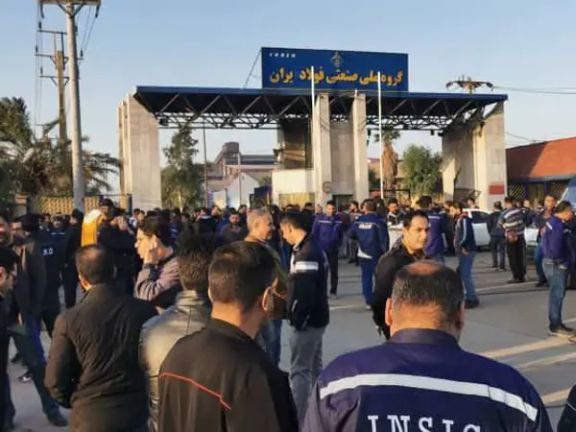Wages In Iran Lag One Year Behind 50% Inflation

Mohammad Reza Tajik, the head of the Workers' Assembly of Tehran Province, has warned that wages lag behind inflation, leaving millions struggling to make ends meet.
Speaking out against the prevailing economic hardships, Tajik emphasized that "The wages of workers are always one year behind inflation."
He added that even a 100% wage hike would fail to bridge the gap between wages and living expenses for the working class. Inflation began to soar to 40% in 2019 after the United States imposed economic sanctions on Iran. The cumulative effect of five years of high inflation has impoverished tens of millions of Iranian wage earners.
Tajik's remarks come amidst the Iranian government's recent approval of a 20 percent average salary increase, slated to take effect after March 21. However, the adjustment is insufficient against the backdrop of inflation rates, which currently hover around 50 percent annually.
The purchasing power of Iranians is further undermined by the rising value of the US dollar in Tehran, which stands at 600,000 rials, with prospects of further depreciation looming in the near future.
The persistent inflation and sluggish economy have propelled millions of Iranians into the category of "working poor," with reports indicating that wages cover a mere 60 percent of monthly household expenses.
A myriad of factors contribute to the continuation of low wages in Iran, including economic mismanagement, corruption, and international sanctions. Moreover, structural deficiencies within the labor market, such as informal employment and inadequate labor regulations, exacerbate the prevalence of low-paying jobs. Consequently, many workers, particularly those in marginalized communities and informal sectors, grapple with poverty, struggling to afford basic necessities like housing, healthcare, and education.